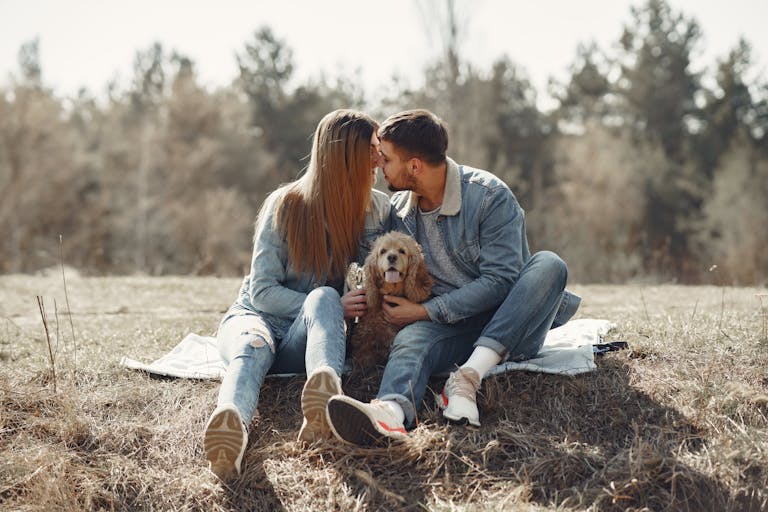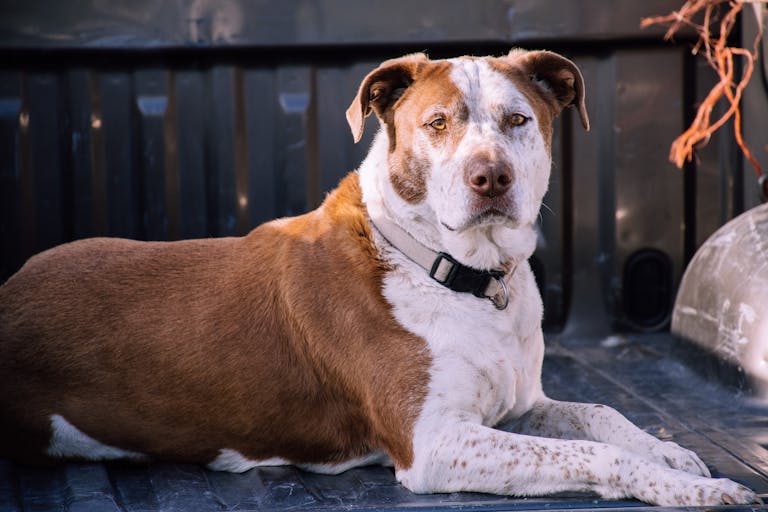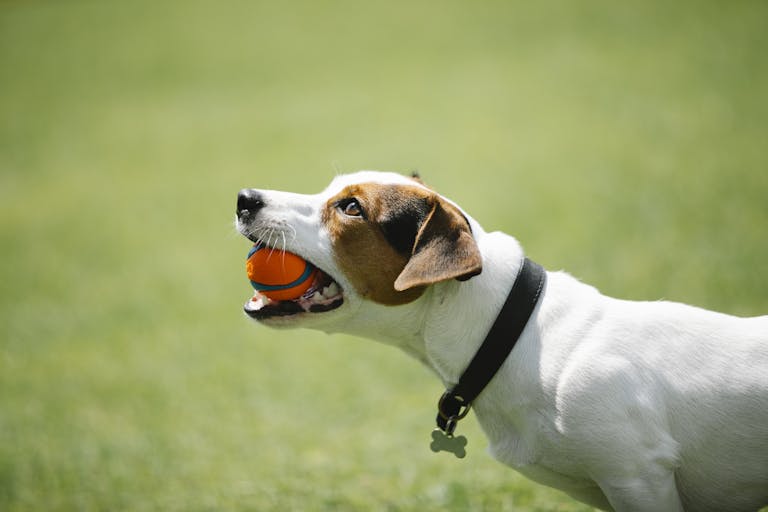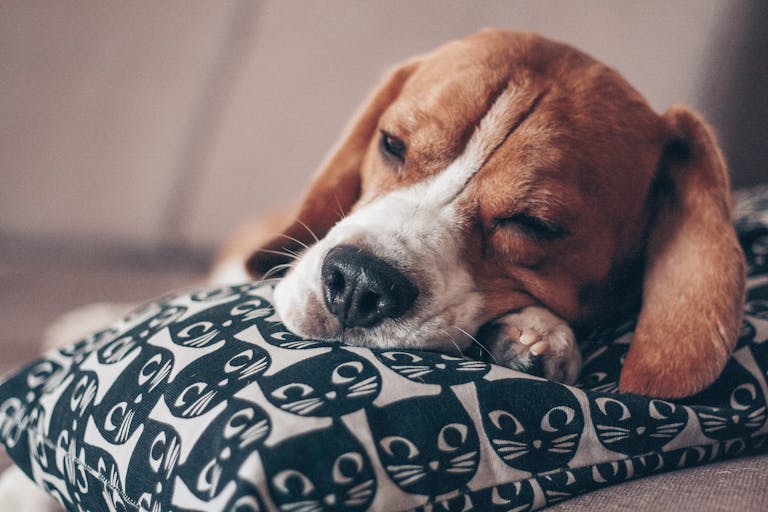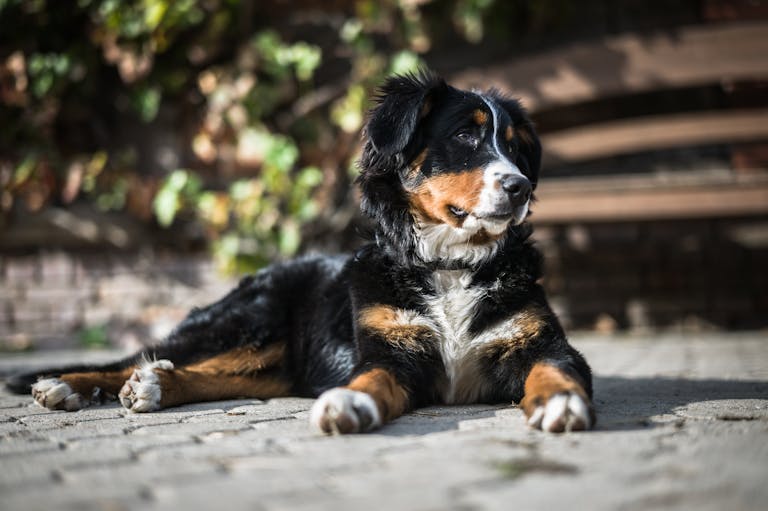How To Crate Train Your Puppy Fast: The Best Way To Crate Train Your Dog
Welcoming a new puppy into your home is an exciting moment, but it also comes with responsibilities. One of the best things you can do early on is learn how to crate train your puppy. A crate provides structure, security, and comfort, making it easier for both you and your pup to adjust to this new stage of life.
In this guide, you’ll learn how to crate train a puppy, why it’s important, the benefits of crate training, and the step-by-step crate training process that will help you succeed quickly without stress.
Table of Contents
What Is Crate Training and Why Use a Crate?
Crate training your puppy means teaching them to see the dog crate as their personal den—a safe, cozy space where they can relax. Since dogs are naturally den animals, a properly introduced crate feels like a comfortable retreat rather than a cage.
The crate training process helps you:
- Keep your dog safe when you’re not home.
- Speed up housebreaking by reducing accidents.
- Provide your pup with a quiet place to rest when life gets overwhelming.
When you use the crate consistently and kindly, your dog develops a positive association with the crate, making it a helpful tool rather than a punishment. Remember: never use the crate as a negative consequence, or you risk damaging your bond.
Why Should You Crate Train a Puppy?

Learning how to crate train a puppy is about more than just housebreaking. It’s also about teaching self-control and creating routines. When you crate train your dog, you give them structure, reduce stress, and help them feel secure.
Some key benefits include:
- Puppies learn to be alone without panic.
- They’re less likely to chew furniture or get into danger.
- You can keep your dog safe during travel or vet visits.
Puppies naturally explore the crate and start sleeping in the crate right when introduced properly. Over time, they’ll even start sleeping in the crate at their leisure, showing that they feel comfortable inside.
Benefits of Crate Training Your Puppy
The benefits of crate training go beyond convenience:
- A crate provides your dog with a sense of security.
- Feeding meals in the crate or leaving safe toys in the crate encourages calmness.
- You can place a dog bed or blanket inside to create comfort.
- When you reward your dog with treats in the crate or give a treat for entering the crate, they’ll begin to associate the crate with safety and happiness.
If you crate in your bedroom, your puppy will feel reassured during the night. Just make sure the crate is large enough for your puppy to be standing comfortably in the crate and turning around with ease. It should be large enough for your dog, but not oversized.
How to Crate Train a Puppy Fast
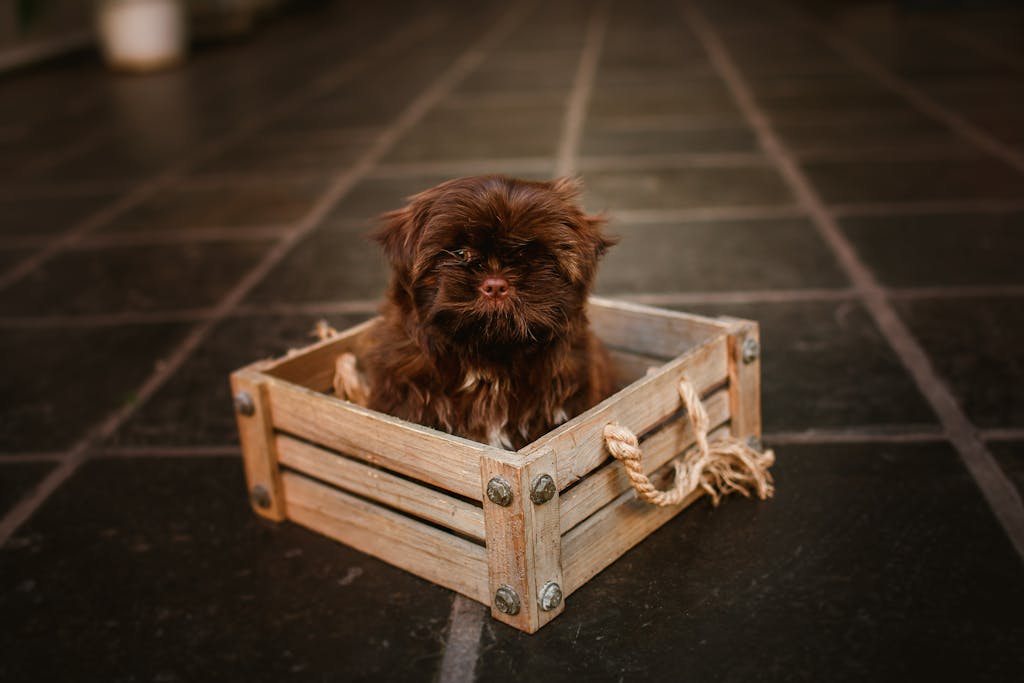
If you’re wondering, “How do I crate train my puppy quickly?” follow this step-by-step method:
Step 1: Introduce the Crate Slowly
Put the crate in an area where your family spends time, and leave the crate with the door open. Encourage your dog to enter the crate by tossing treats inside. Use calm encouragement, and even sit quietly near the crate to help them relax.
Step 2: Build Positive Experiences
Start feeding regular meals in the crate. Over time, your puppy will happily go in the crate when hungry. You can also leave toys in the crate or hide treats in the crate to make it fun.
Step 3: Close the Crate Door Briefly
Once your puppy is comfortable, close the crate door for short periods. Aim for just crate for a few minutes at first, then gradually work up to crate for about 30 minutes or even 30 minutes in the crate without anxiety.
Step 4: Extend Time Gradually
As your puppy adjusts, they’ll stay quietly in the crate longer. With consistency, your dog will stay quietly and calmly. Eventually, they’ll be staying in the crate even when you leave.
Step 5: Nighttime Training
Yes, you can crate at night. Place the crate in your bedroom at first so you’re able to hear your puppy. This reassures them and prevents accidents. Over time, you can move the crate as needed.
Remember: crate training can take days or even weeks. Go gradually through the training steps and continue to crate your dog for short, positive sessions until it becomes second nature.
Troubleshooting: What If My Puppy Resists the Crate?
If your puppy in the crate cries or refuses to settle, here’s what to try:
- Add regular meals near the crate at first before moving meals inside.
- Use a crate with a treat to encourage calmness.
- Place the crate with the door closed briefly, then reopen before anxiety sets in.
- Encourage your dog to enter using gentle praise and treats.
- Let your puppy have crate at their leisure when the door is open so they explore freely.
If your puppy gets anxious, stay patient. You can crate your dog for short periods, then gradually increase the crate and the length of time. Over time, they’ll stay quietly in the crate without stress.
Common Mistakes to Avoid
- Attempting to use the crate as punishment (creates fear).
- Keeping your dog in the crate for more than three hours without breaks.
- Forgetting that things in mind while crate training include patience, consistency, and rewards.
- Not ensuring the dog is standing comfortably in the crate before locking the door.
- Ignoring the rule to make sure the crate door is always safe and secure.
FAQs-How To Crate Train Your Puppy
How Long Should a Puppy Spend in the Crate?
A young puppy in the crate should only stay for short stretches—no more than an hour or two at first. As they grow, you can increase time. Ideally, they should spend in the crate in small sessions with breaks for potty, play, and exercise.
Adult dogs may stay in a crate longer, but always balance it with plenty of freedom. Think of the crate as a tool for structure, not confinement.
What is the crate training process for a puppy?
The crate training process involves introducing your puppy to a crate in a positive manner, allowing them to see it as a safe space. Start by placing the crate in a common area and encouraging your puppy to explore inside the crate using treats or toys. Gradually increase the time they spend in the crate, ensuring they associate it with comfort and security.
How can I keep my dog calm inside the crate?
To keep your dog calm inside the crate, make it a cozy and inviting space. Use soft bedding and place their favorite toys inside the crate. You can also crate your puppy and then leave quietly for short periods, returning before they become anxious. This helps them learn that being alone in the crate is okay.
How long should I put my dog inside the crate?
When crate training your puppy, it’s essential to start with shorter durations. Begin by crating your puppy for 10 minutes and gradually increase the time as they become more comfortable. For younger puppies, aim for shorter timeframes to avoid stress and ensure they don’t feel overwhelmed.
What are the benefits of crate training your puppy?
The benefits of crate training your puppy include providing them with a safe space, helping with house training, and preventing destructive behaviors. A crate can also assist in managing anxiety by giving your puppy a designated area to relax. Additionally, it helps establish a routine and can be a useful tool for when you need to temporarily let out of the crate.
How do I introduce my dog to the crate?
To introduce your dog to the crate, start by allowing them to explore the inside of the crate without forcing them. Use treats and praise to encourage positive associations. You can also crate using your regular command, such as “go to your crate,” to reinforce training. Always ensure the experience is positive and rewarding.
Can I crate train a puppy overnight?
Yes, you can crate train a puppy overnight, but it’s important to set up the crate for success. Place the crate in your bedroom or close by to help your puppy feel secure. Make sure your puppy has had time to relieve themselves before bedtime, and keep them inside the crate for a shorter time initially to prevent anxiety.
How can I encourage my puppy to stay inside the crate?
To encourage your puppy to stay inside the crate, make it a positive experience. Use treats to reward your puppy for going inside the crate and gradually increase the time they spend inside of the crate. You can also crate and talk to your puppy to reassure them while they are settling in.
What should I do if my puppy shows no sign of wanting to enter the crate?
If your puppy shows no sign of wanting to enter the crate, try making it more inviting by placing their favorite toys or a blanket inside. You can also try feeding your puppy their meals inside the crate to create a positive association. Patience is key; sometimes, it takes time for puppies to feel comfortable inside the crate.
Conclusion: How To Crate Train Your Puppy
When you learn how to crate train your dog or crate train a puppy, you’re not just teaching obedience—you’re creating comfort and security. If you put the crate in the right spot, use regular meals in the crate, and reward your dog for excited calmness, you’ll succeed.
The crate training process is about patience, consistency, and kindness. With practice, your dog will explore the crate, relax inside, and even look forward to it. Remember to continue to crate your dog positively and never think of the crate as a negative.
In time, you’ll see all the benefits of crate training—a happier, calmer, and well-adjusted puppy who sees their crate as home.


